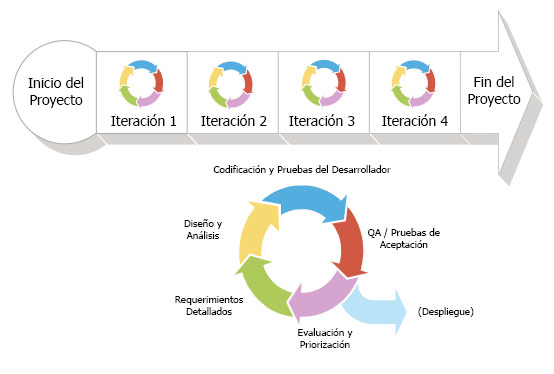In 2001, 17 software developers met at Utah to put together ideas they had on lightweight development methods. They agreed on 12 Principles that turned into “The Agile Manifesto”.
Agile software development is about doing things based in short term plans instead of spending a lot of time planning a big strategy. According to the Agile Manifesto individuals and interactions over processes and tools, working software over comprehensive documentation, customer collaboration over contract negotiation and responding to change over following a plan.
Scrum is the most common approach to agile development. It’s an alternative to the traditional waterfall method, as each process isn’t dependant on its previous process. All processes happen at the same time, quickly and in an interconnected, multifunctional matter. Then, after all processes are done, analysis and conclusions are reached and a whole set of new interactions can start.

If you want to know more about scrum you can watch the following video:
Agile development provides a way to know the direction of a project THROUGHOUT the development cycle, not before.
By: Carlos Martell and Lucía Velasco.



